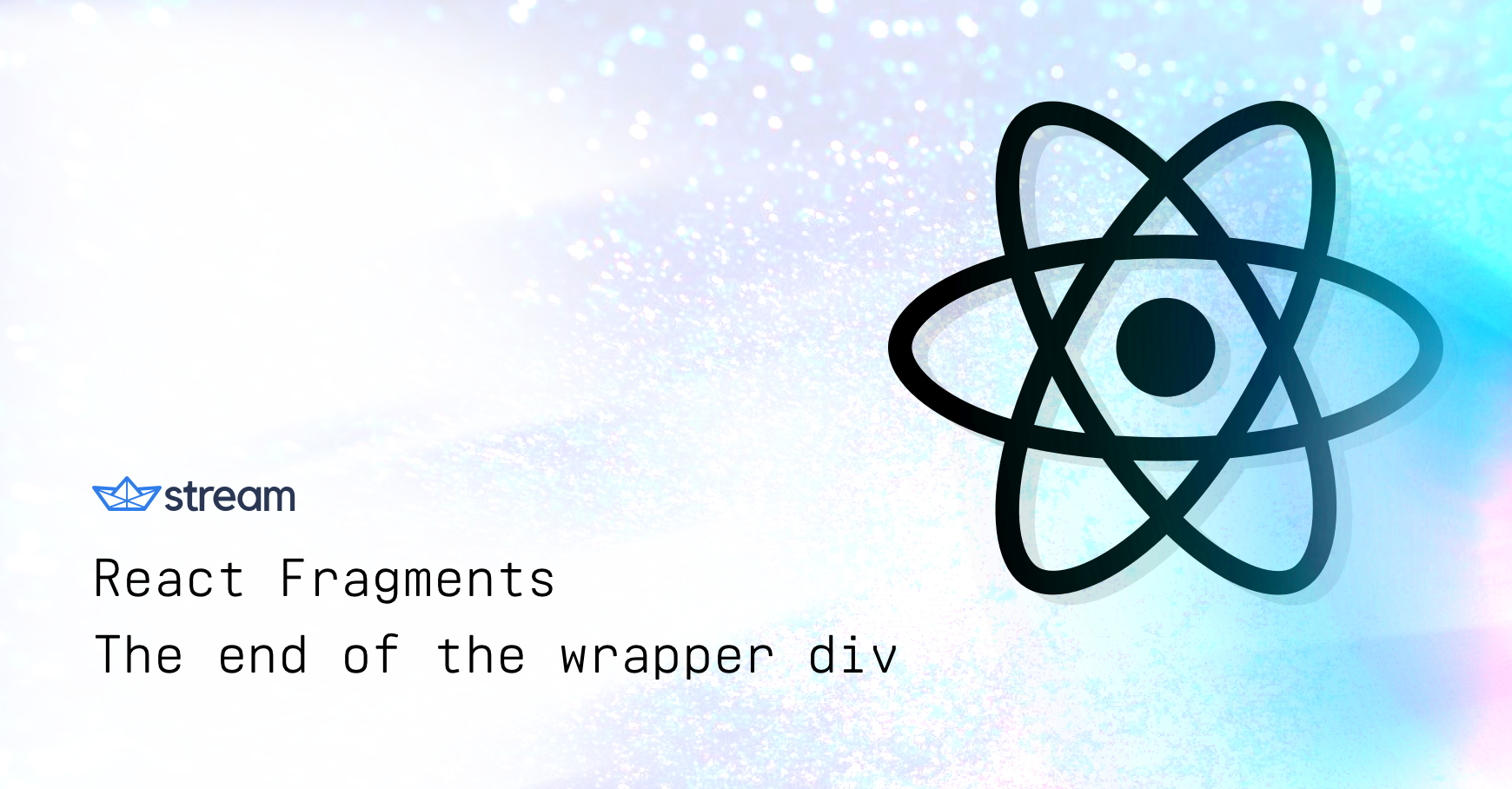
Instead of using a div as a wrapper for your JSX, use a div.The fragment is a first-class component to wrap your child components and HTML elements instead of using any HTML element. When placing components next to each other, its best to use a special JSX tag to tell those components that everything is. Today, I learned that, much like siblings on a road-trip, React components hate sitting next to each other. Just use the React. As I build this site using gatsbyjs, I find myself learning new things every day. Enter React Fragments Using the Fragment component, we can now accomplish the same without the array syntax and without using keys. In the future, we may add support for additional attributes, such as event handlers. The solution, which was introduced with React 16.2, is to make use of React Fragments. This list will be made of private and public items.

Our application is going to render a list of items.
#React fragments full
You can find the full source code in this GitHub repository.
#React fragments how to
A use case for this is mapping a collection to an array of fragments for example, to create a description list: key is the only attribute that can be passed to Fragment. Lets demonstrate how to use fragments with the help of a simple React application: Figure 1. It is required that every React component must return a single JSX element. The fragment is a first-class component to wrap your child components and HTML elements instead of using any HTML element.Normal way of wrapping child.
You should, however, only utilize them when absolutely necessary. Fragments declared with the explicitUsing fragments, you may prevent difficulties that disrupt your layouts and possibly reduce the time it takes for your markup to render. They’re not a replacement for divs in HTML, but they’re a better way to structure and render your markup if you’re overusing divs.
 This is useful for components that return form and text markup as wrapping the result in a container
This is useful for components that return form and text markup as wrapping the result in a container Conclusionįragments allow you to build code that is clearer, more legible, and easier to maintain. You can use fragments to create components that return a list of elements without wrapping them in a container or array. Using any of the above three methods brings back the original layout because it eliminates the pointless div in the DOM. This is the clearest and most straightforward approach to handling fragments it nearly seems like you’re working with a standard HTML element: const ChildComponent = () => ( When we add more than one JSX element, such as this: const App = () => from 'react' įinally, you may build a React fragment on the fly by wrapping components in an empty HTML element using the shortcut syntax >/>. As was the case above, if only one JSX is returned in a component, we may choose not to wrap it in another wrapper element. This is a straightforward React component. What is the difference between a React fragment and a React component?įragments are a syntax for adding several components to a React component without having to wrap them in an additional DOM node. Simply knowing about them will help you develop better React components and save you a lot of time when it comes to creating and customizing layouts. React v16.2.0 introduced React fragments, a beautiful but basic functionality. Fragments Short Syntax: For declaring fragments, there is another shorthand exists. Less memory is utilised with the use of React fragments as compared to the div tag. Let’s look at an example to see React Fragments in action. We should use React Fragment when we want to keep our DOM hierarchy simple. Importance of React Fragments: The execution of code is faster with the use of React fragments as compared to the div tag.
In this blog, I will be covering the basics of React Fragments component. ReactJS Fragments were introduced with React 16.2 version to remove the need to define an extraWhat is the difference between a React fragment and a React component?.


 0 kommentar(er)
0 kommentar(er)
